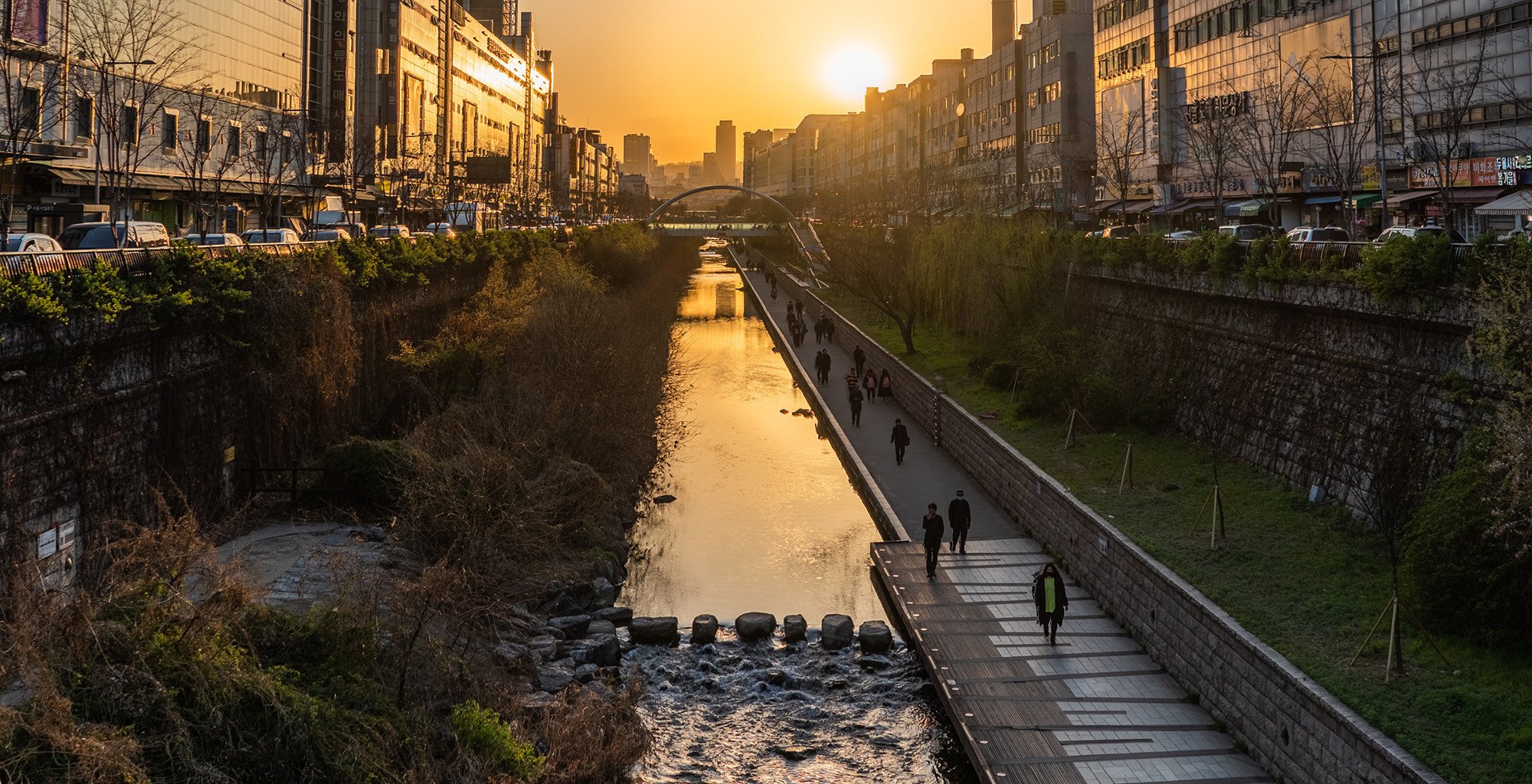
Trends
Walking into the Future
December 29, 2022
Designing safer cities for pedestrians
Walking is the oldest form of transportation, and it has been crucial to the growth of cities right to the present.
It is critical that pedestrians not be side-lined in city design. While vehicular traffic holds the most prominence today, pedestrianizing a town or city can effectively improve the quality of life for its inhabitants and visitors.
Many transportation-related concerns, including traffic congestion, car accidents that result in injuries, pollution, noise, and so on, have seen a spike in prevalence as a direct result of the sharp rise in the number of privately owned vehicles on the road.
The areas most negatively impacted are urban settlements like the central business districts and heritage towns, which were built for commercial and business reasons. Due to the heavy flow of traffic in these areas, their commercial aspect has become less appealing, even to pedestrians.
On the other hand, these neighbourhoods play a very important part in the city's economy as well as its sense of self-identity.
One viable strategy for improving mobility and the environment in such districts is to convert them to pedestrian-only zones. This is because such areas lack the space and socioeconomic infrastructure to support other modes of transportation.
The pedestrianisation of the congested roadway is a solution that can be very successful, relatively inexpensive, and environmentally friendly. Pedestrianisation offers a wide range of advantages, the most notable of which is the alleviation of traffic noise and pollution.
It is critical that pedestrians not be side-lined in city design. While vehicular traffic holds the most prominence today, pedestrianizing a town or city can effectively improve the quality of life for its inhabitants and visitors.
Many transportation-related concerns, including traffic congestion, car accidents that result in injuries, pollution, noise, and so on, have seen a spike in prevalence as a direct result of the sharp rise in the number of privately owned vehicles on the road.
The areas most negatively impacted are urban settlements like the central business districts and heritage towns, which were built for commercial and business reasons. Due to the heavy flow of traffic in these areas, their commercial aspect has become less appealing, even to pedestrians.
On the other hand, these neighbourhoods play a very important part in the city's economy as well as its sense of self-identity.
One viable strategy for improving mobility and the environment in such districts is to convert them to pedestrian-only zones. This is because such areas lack the space and socioeconomic infrastructure to support other modes of transportation.
The pedestrianisation of the congested roadway is a solution that can be very successful, relatively inexpensive, and environmentally friendly. Pedestrianisation offers a wide range of advantages, the most notable of which is the alleviation of traffic noise and pollution.
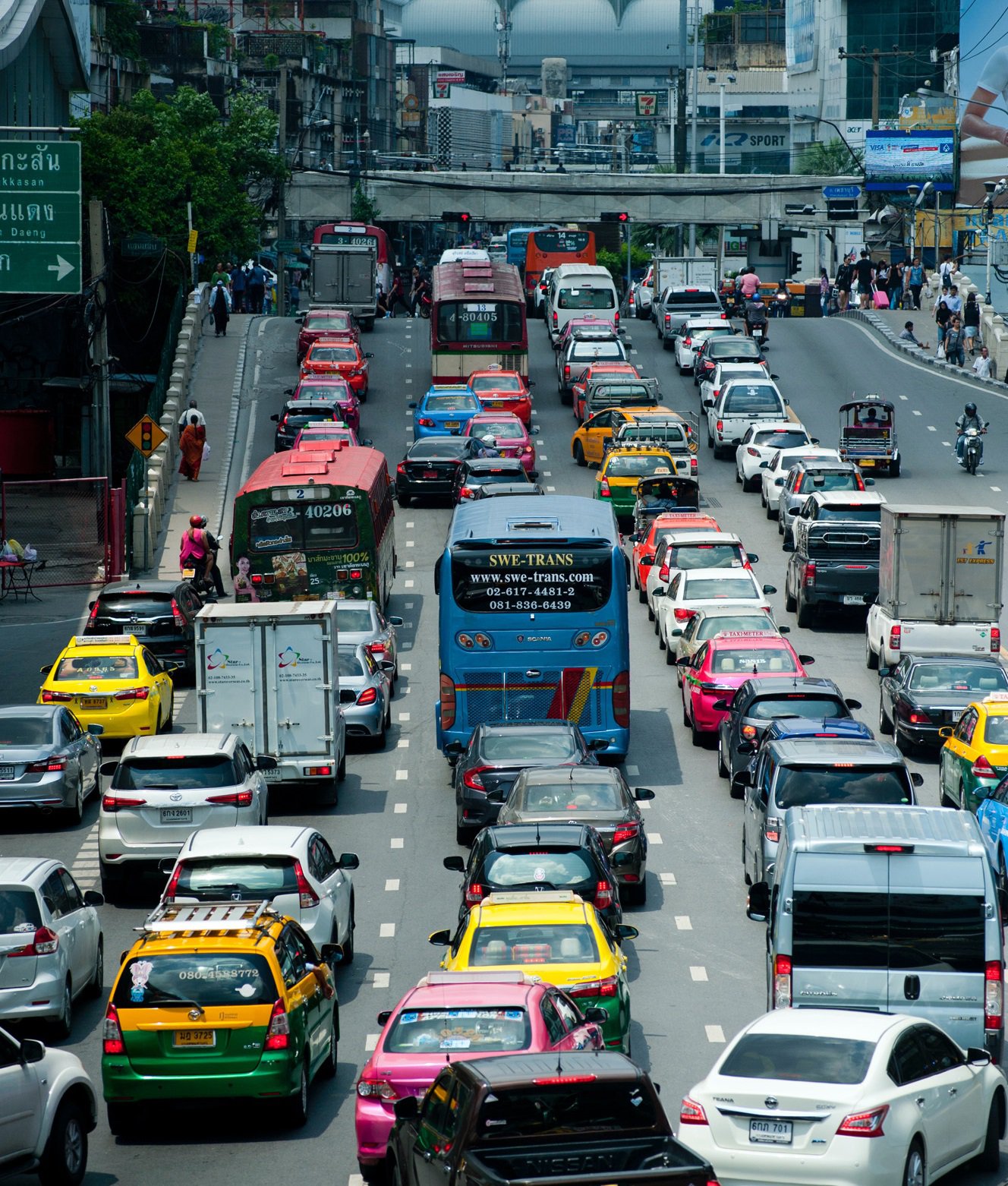
Encouraging the Public to Use Pedestrianised Routes
Cities have a responsibility to encourage people to walk by developing pedestrian networks that are appealing, safe, and direct. These networks should serve as viable alternatives to the use of private vehicles.
Cities also need to ensure that these walking networks are connected with essential walking routes linking city centres, residential areas, business zones, educational locations, and recreational places. These can be sheltered pathways to encourage more people to walk.
Cities also need to ensure that these walking networks are connected with essential walking routes linking city centres, residential areas, business zones, educational locations, and recreational places. These can be sheltered pathways to encourage more people to walk.
A new study shows that the number of people who walk to work, especially in the U.S., is declining while the number of commuters driving alone is increasing. Slowly but surely, this reality is also becoming an issue across the rest of the world.
In actuality, since 1980, there have been twice as many individuals who commute by vehicle. As the population ages, this tendency is anticipated to persist.
In actuality, since 1980, there have been twice as many individuals who commute by vehicle. As the population ages, this tendency is anticipated to persist.
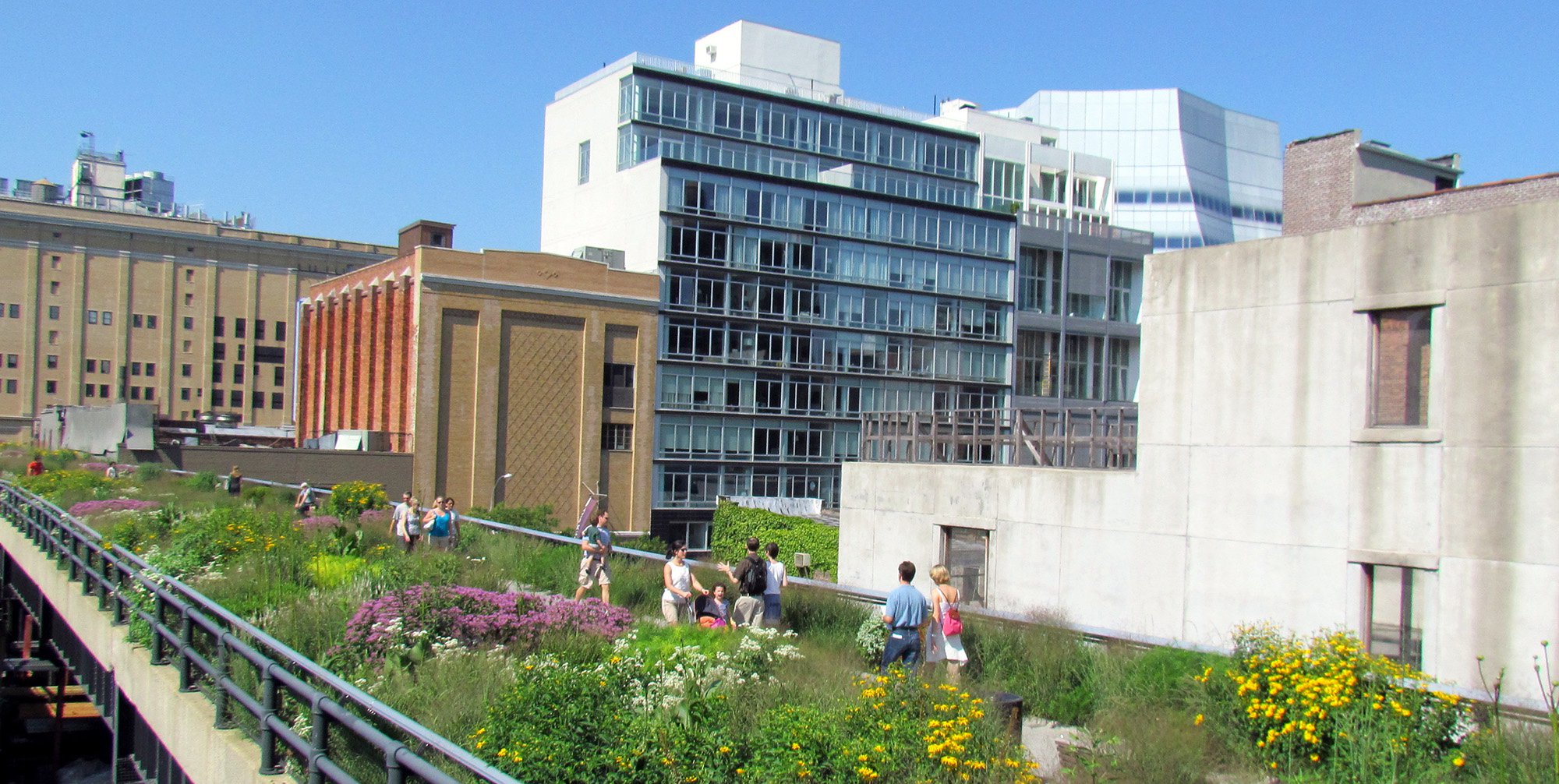
Designing a City that Encourages People to Walk
When it comes to designing cities that favour walking, one of the most essential things to do is create spots where people want to spend time and where there are things to see and do.
In addition to having access to pleasant walking paths, individuals need an incentive to walk to, through, or remain in a particular location.
The quality of the pedestrian environment in cities and metropolitan regions has been shown to significantly influence whether or not people desire to walk or spend time in certain locations.
In order to make public areas safer and easier to navigate for walkers, cities may take the following actions.
In addition to having access to pleasant walking paths, individuals need an incentive to walk to, through, or remain in a particular location.
The quality of the pedestrian environment in cities and metropolitan regions has been shown to significantly influence whether or not people desire to walk or spend time in certain locations.
In order to make public areas safer and easier to navigate for walkers, cities may take the following actions.
1. Create a thorough framework for pedestrian walking routes
An impression of short distances is the key. Cities should refrain from filling entire blocks with towering, inaccessible structures and instead divide roadways into manageable segments for pedestrians.
The High Line New York is a public park that was once an elevated freight rail line on the West Side of Manhattan. This encourages pedestrians to travel unhindered by foot through the elevated park rather than having their walk disrupted on the busy streets below.
Another example of this is the newly opened Albany Skyway, located on the east side of New York. From downtown Albany to the Hudson River, people on foot and bicycles can commute through this elevated linear park.
An impression of short distances is the key. Cities should refrain from filling entire blocks with towering, inaccessible structures and instead divide roadways into manageable segments for pedestrians.
The High Line New York is a public park that was once an elevated freight rail line on the West Side of Manhattan. This encourages pedestrians to travel unhindered by foot through the elevated park rather than having their walk disrupted on the busy streets below.
Another example of this is the newly opened Albany Skyway, located on the east side of New York. From downtown Albany to the Hudson River, people on foot and bicycles can commute through this elevated linear park.
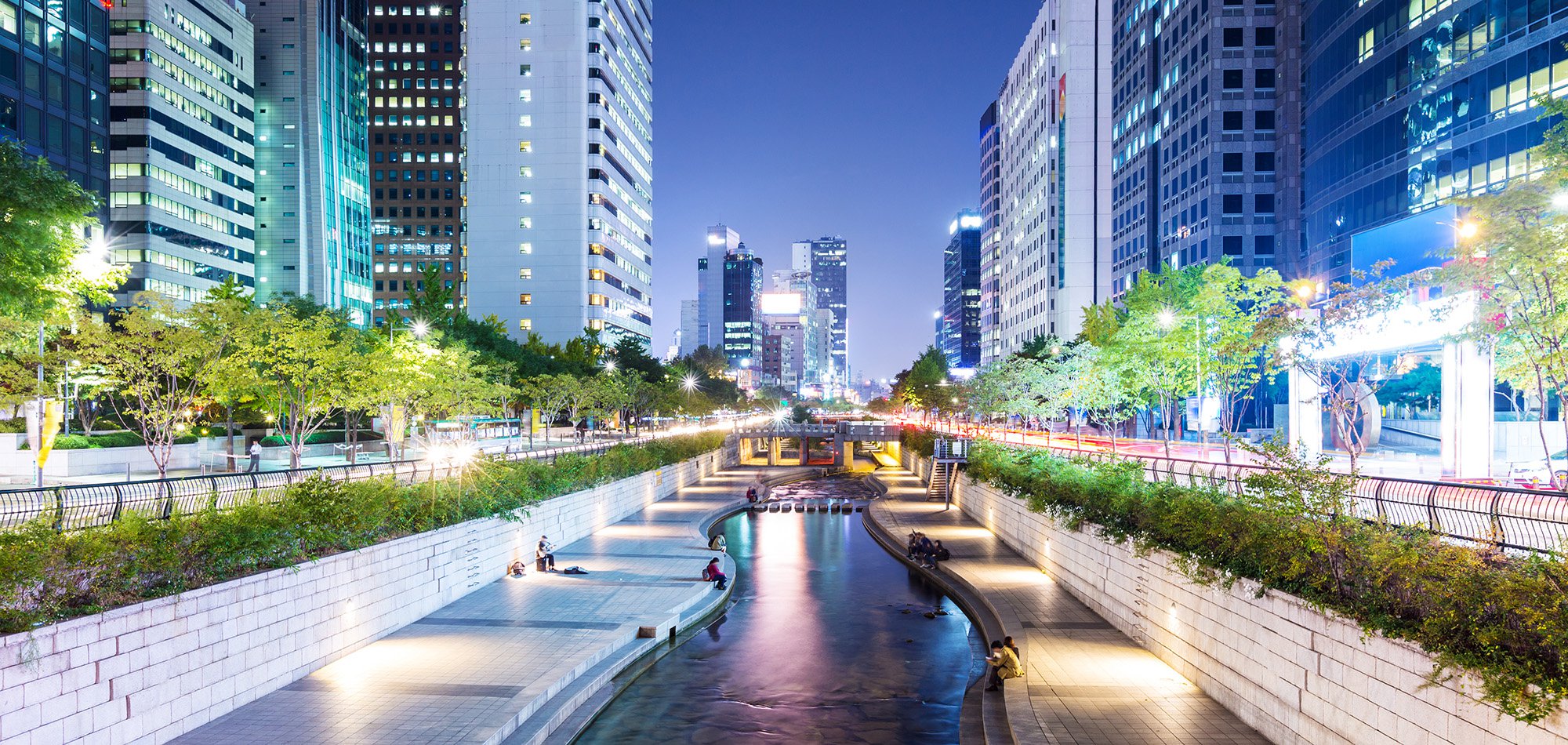
2. Use architectural and landscape elements to consider human scale
Buildings may tower over pedestrians, but good placement of high-rise buildings is definitely possible. By having the entrances of the buildings all facing towards the street or a park, these edifices will feel more inviting and less daunting.
Cheonggyechon Seoul, South Korea, is a prime example of this. Cheonggyecheon was originally home to a beautiful stream separating two margins of land. These pieces of land were subsequently covered by road infrastructure during the post-war economic expansion and the stream started running dry due to years of neglect.
Buildings may tower over pedestrians, but good placement of high-rise buildings is definitely possible. By having the entrances of the buildings all facing towards the street or a park, these edifices will feel more inviting and less daunting.
Cheonggyechon Seoul, South Korea, is a prime example of this. Cheonggyecheon was originally home to a beautiful stream separating two margins of land. These pieces of land were subsequently covered by road infrastructure during the post-war economic expansion and the stream started running dry due to years of neglect.
It was eventually restored in the 2000s, as part of a movement to re-introduce nature to the city.
The 10.9-kilometre-long Cheonggyecheon is now a contemporary public leisure area in the heart of Seoul; it is popular amongst locals and tourists alike.
3. Reposition street-facing structures
It is highly recommended that points of access lead directly to and from the sidewalk, encouraging people to enter and engage. Pedestrians tend to walk past stores which are set far back from the sidewalk with a sizeable parking lot in front of it.
The 10.9-kilometre-long Cheonggyecheon is now a contemporary public leisure area in the heart of Seoul; it is popular amongst locals and tourists alike.
3. Reposition street-facing structures
It is highly recommended that points of access lead directly to and from the sidewalk, encouraging people to enter and engage. Pedestrians tend to walk past stores which are set far back from the sidewalk with a sizeable parking lot in front of it.
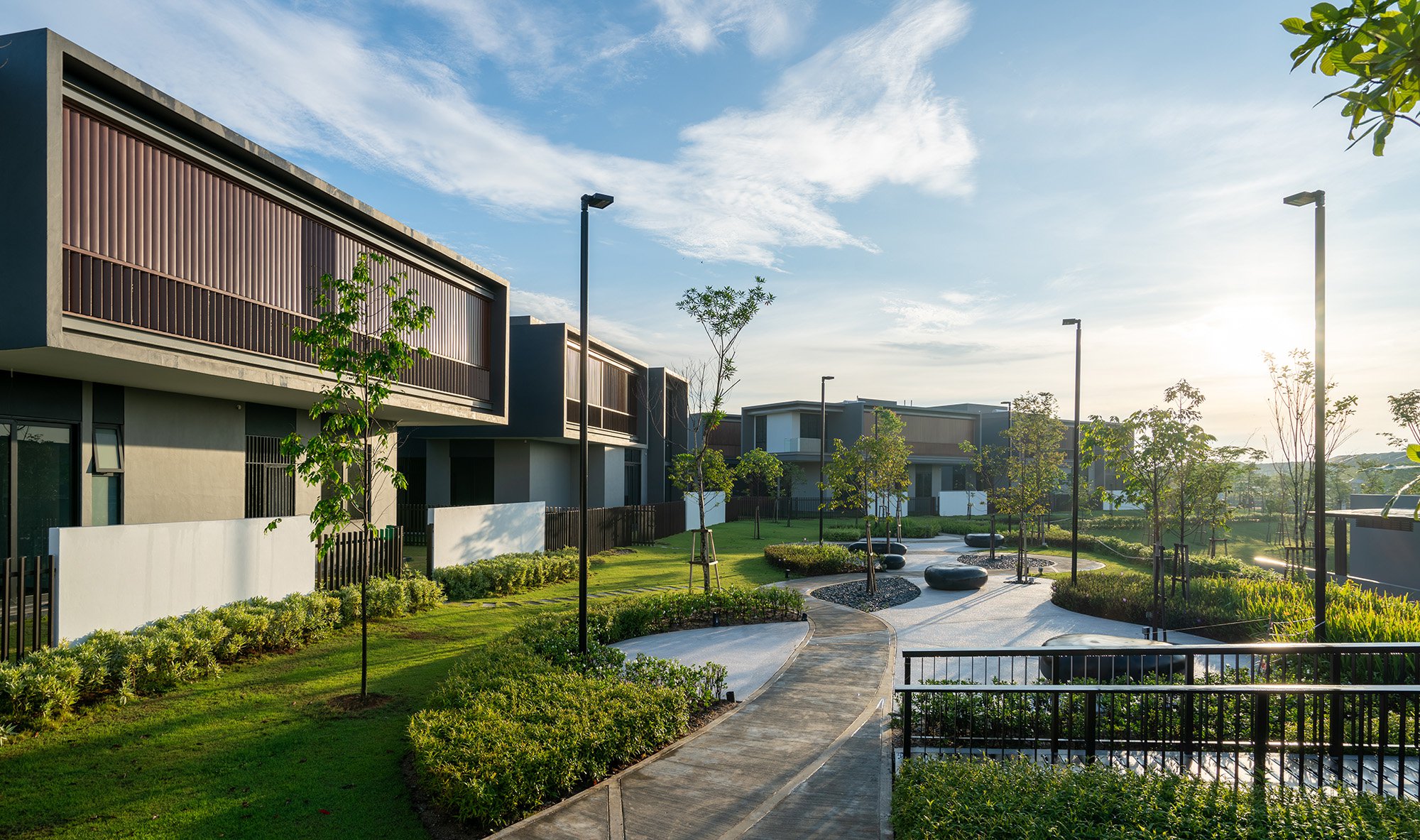
Conclusion
In summary, prioritising pedestrianisation over vehicular traffic will lead to a happier, healthier lifestyle. Prioritising pedestrians does not mean eliminating cars, but structuring a city in a more appealing way such that vehicles are not seen as a nuisance.
Having hidden parking lots, more appealing architecture and landscape, as well as providing a clear indication of pedestrian circulation systems will all make for a more pleasant city experience.
By encouraging walking and biking over driving, vehicular congestion will be reduced, improving air quality, and money can be saved across all parts.
Having hidden parking lots, more appealing architecture and landscape, as well as providing a clear indication of pedestrian circulation systems will all make for a more pleasant city experience.
By encouraging walking and biking over driving, vehicular congestion will be reduced, improving air quality, and money can be saved across all parts.